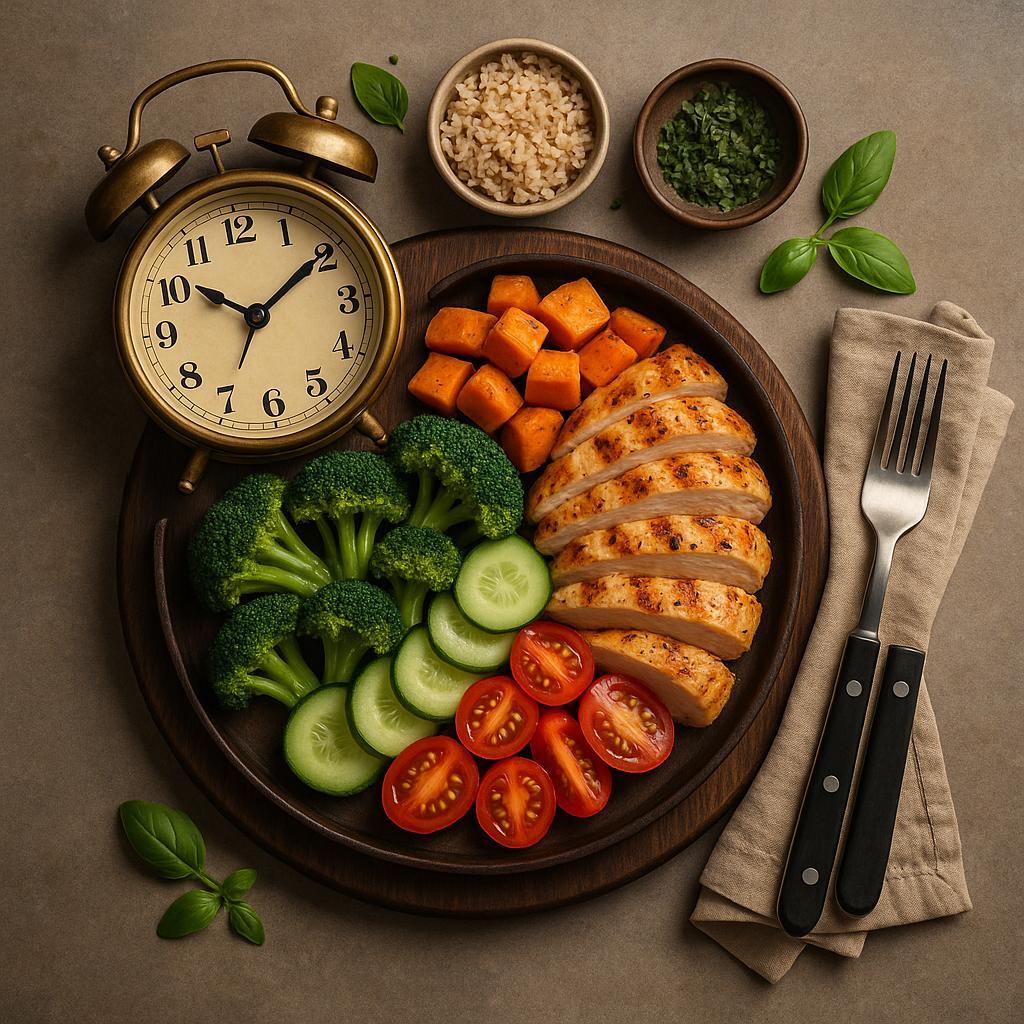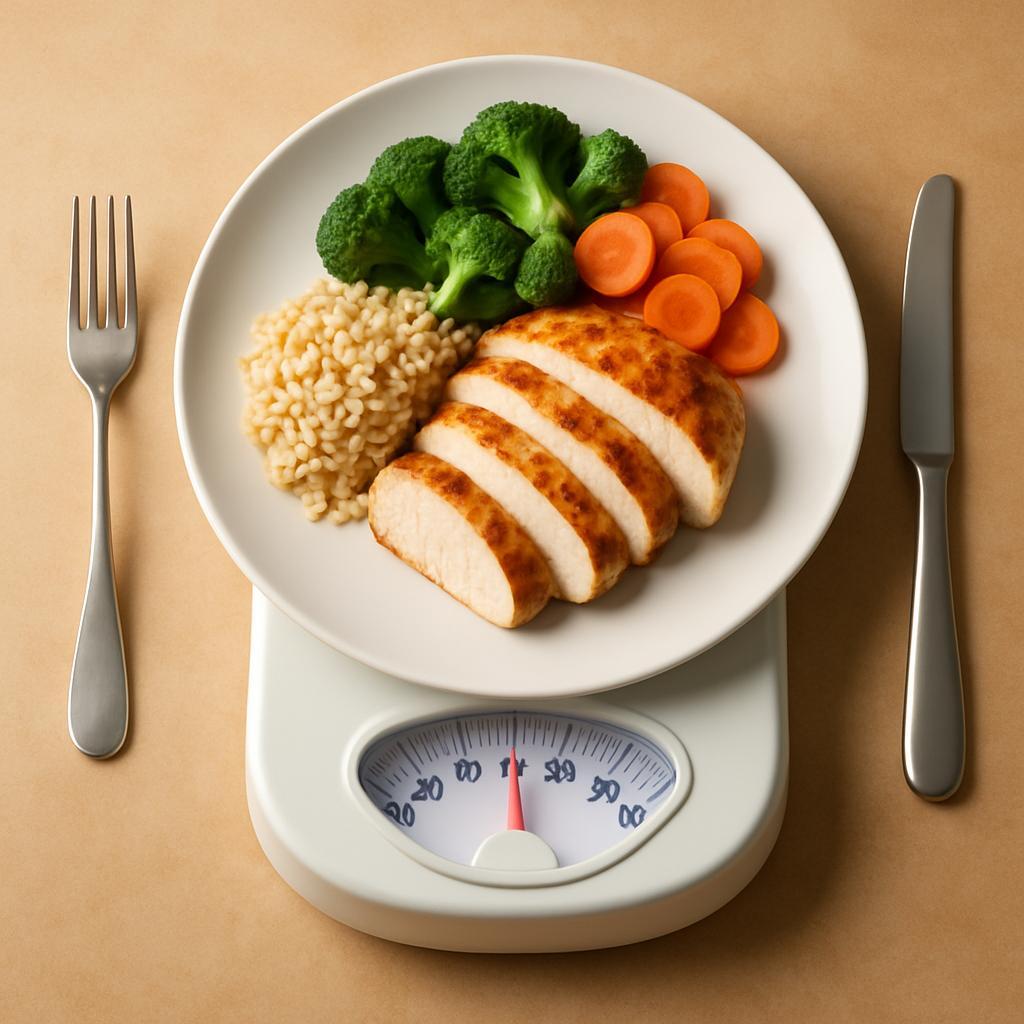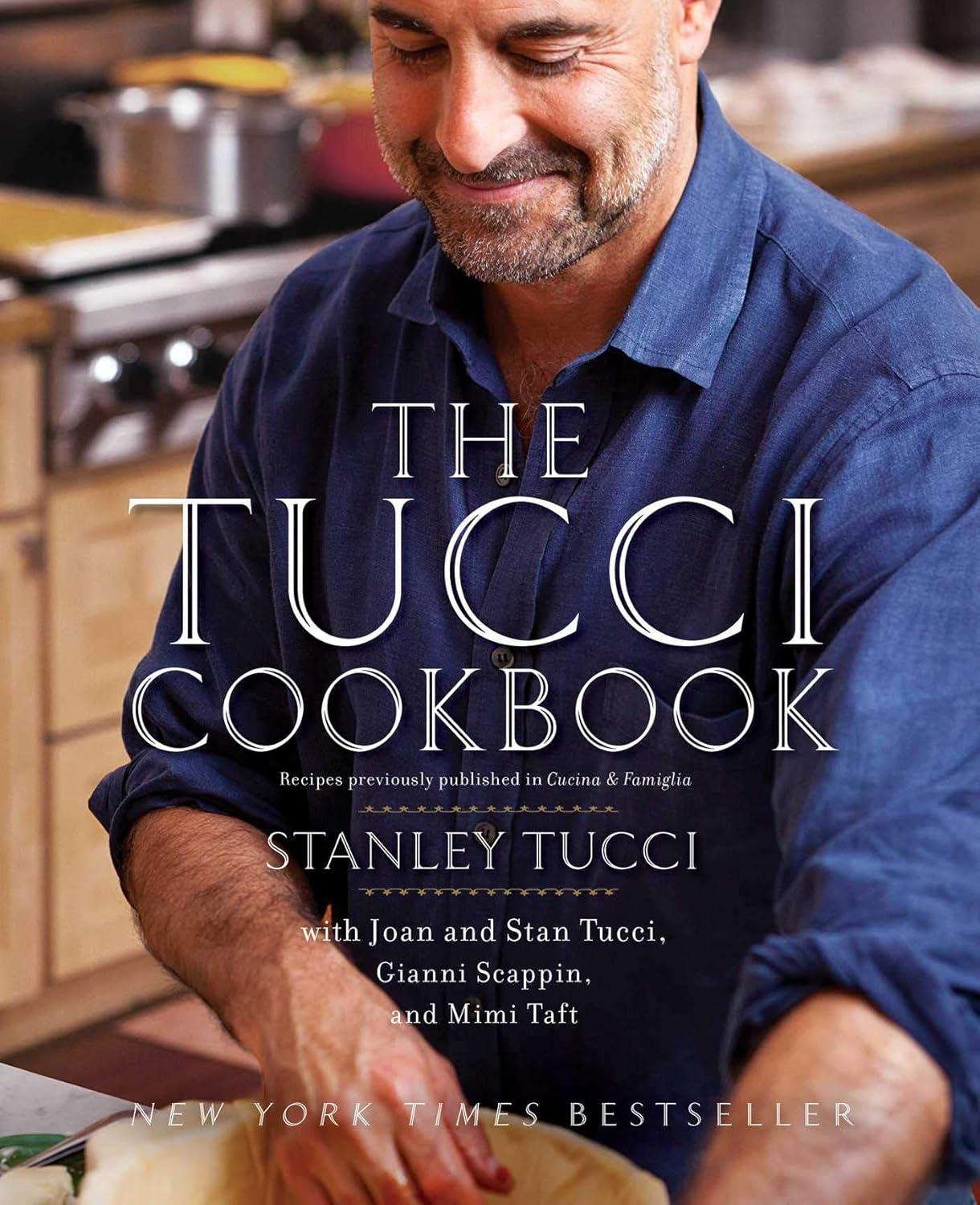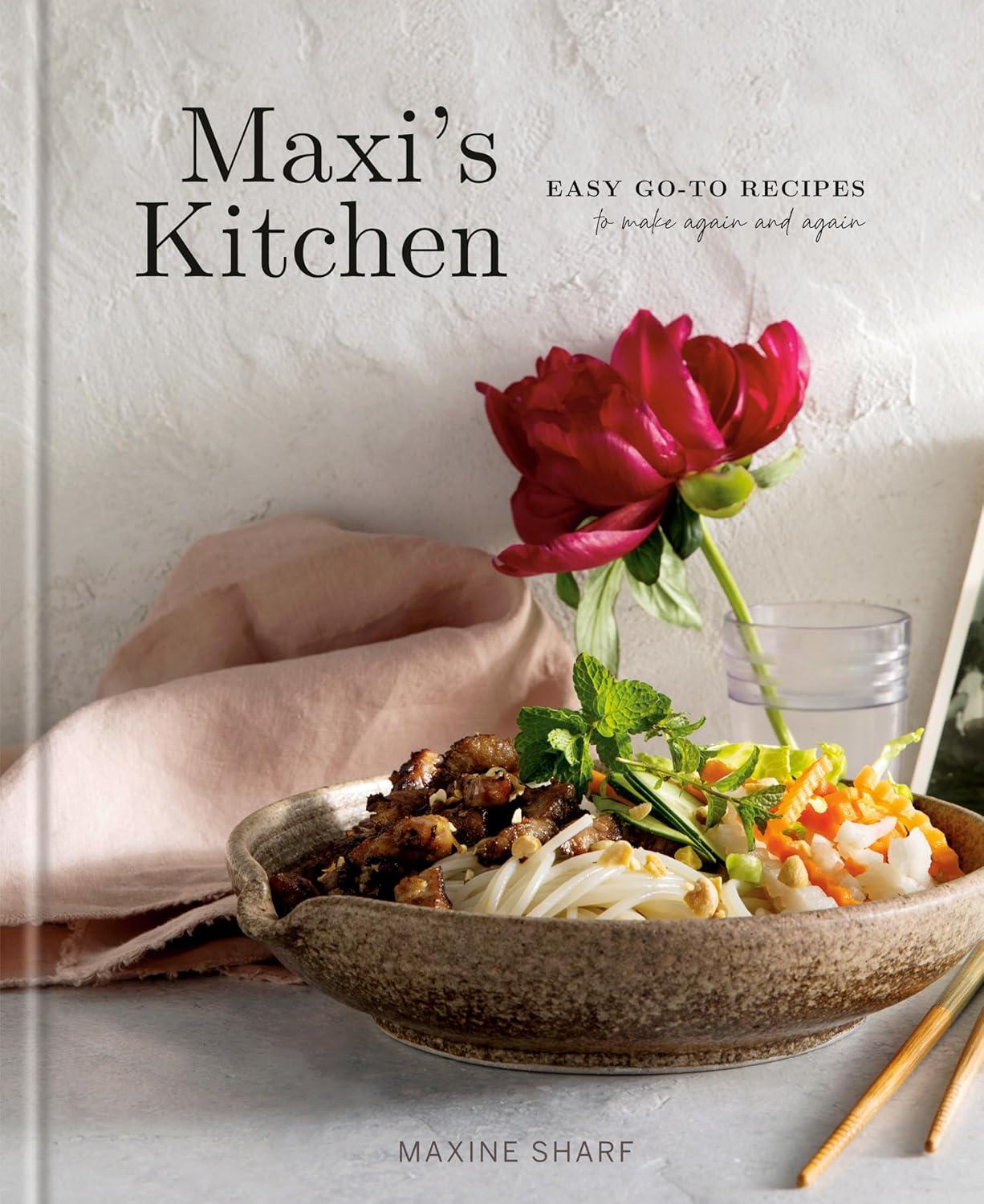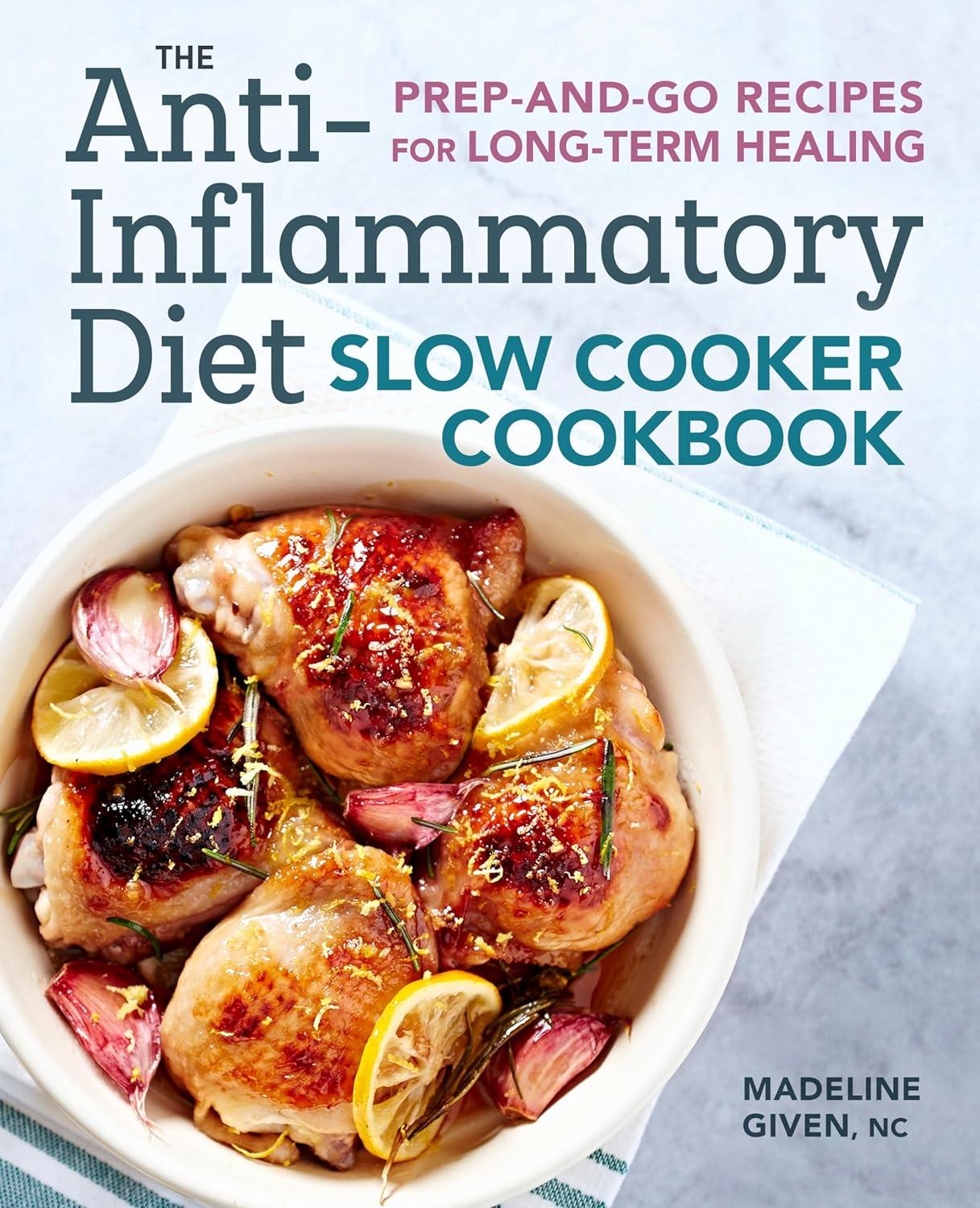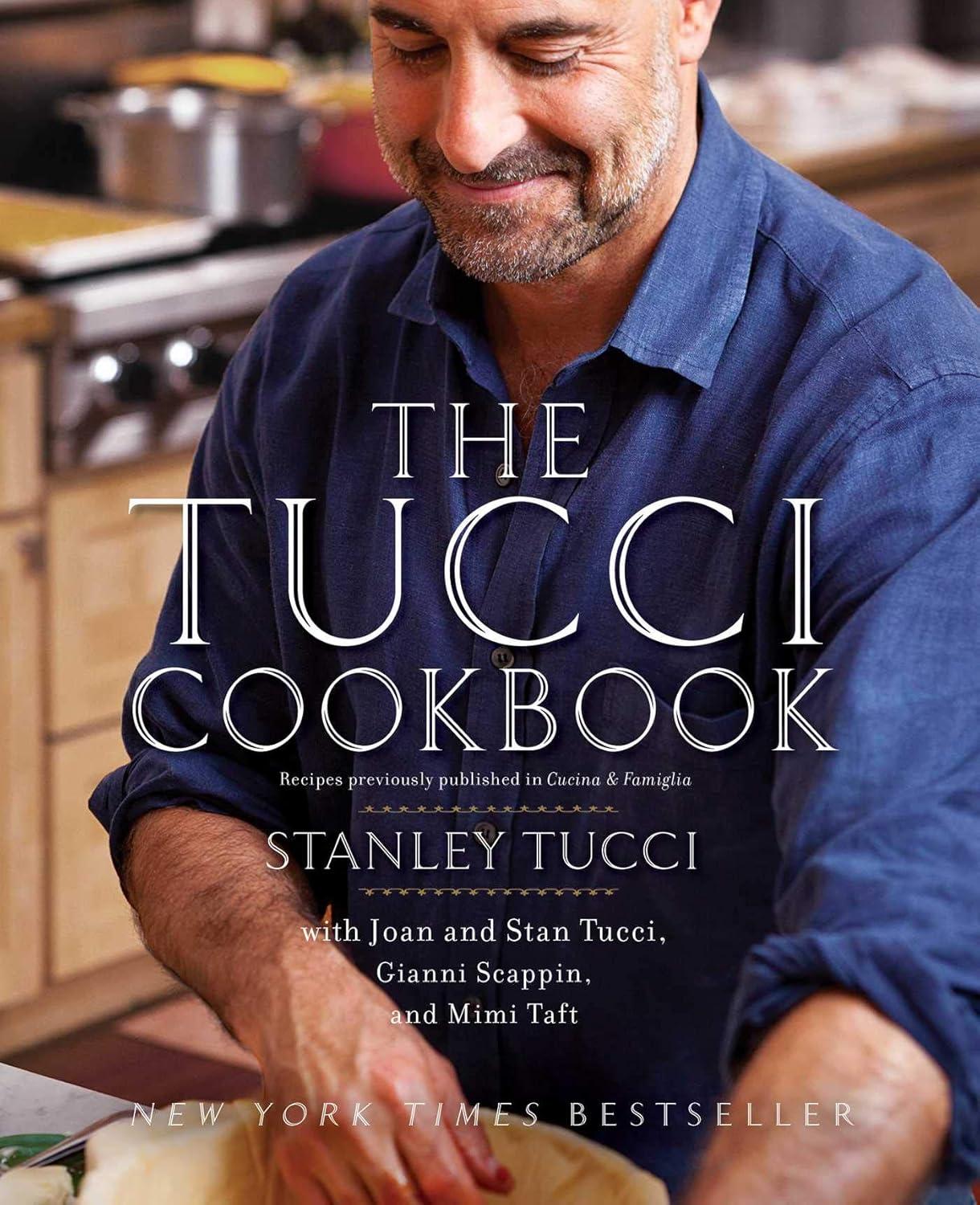Review: The How Not to Age Cookbook for longer, healthier living
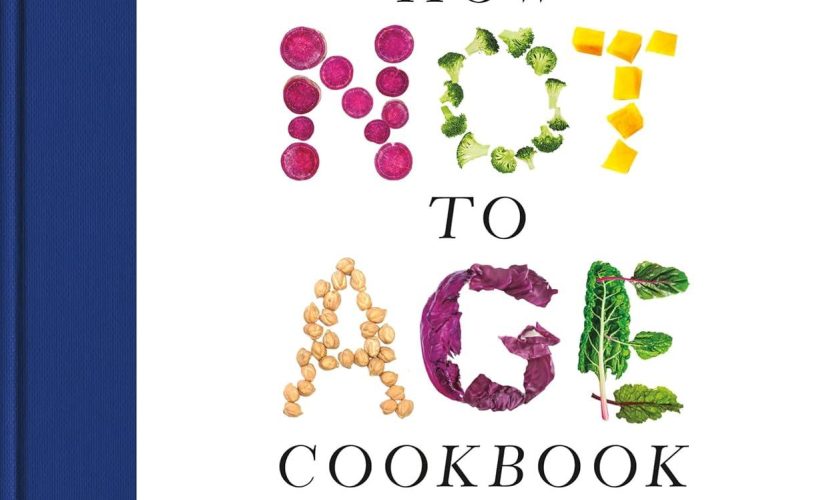
If the wellness industry sells youth in bottles, this book bets you can serve it on a plate. The How Not to Age Cookbook: 100+ Recipes for Getting Healthier and Living Longer positions itself as a bridge between longevity research and everyday cooking, promising dishes that do more than taste good-they aim to nudge daily habits toward healthier aging.
This review explores how well that promise holds up in a real kitchen: how clearly the science translates into recipes, how practical the ingredients and techniques are, and whether the results feel like sustainable, repeat-worthy meals rather than a short-lived health kick.
Table of Contents
Recipe selection and nutrition science
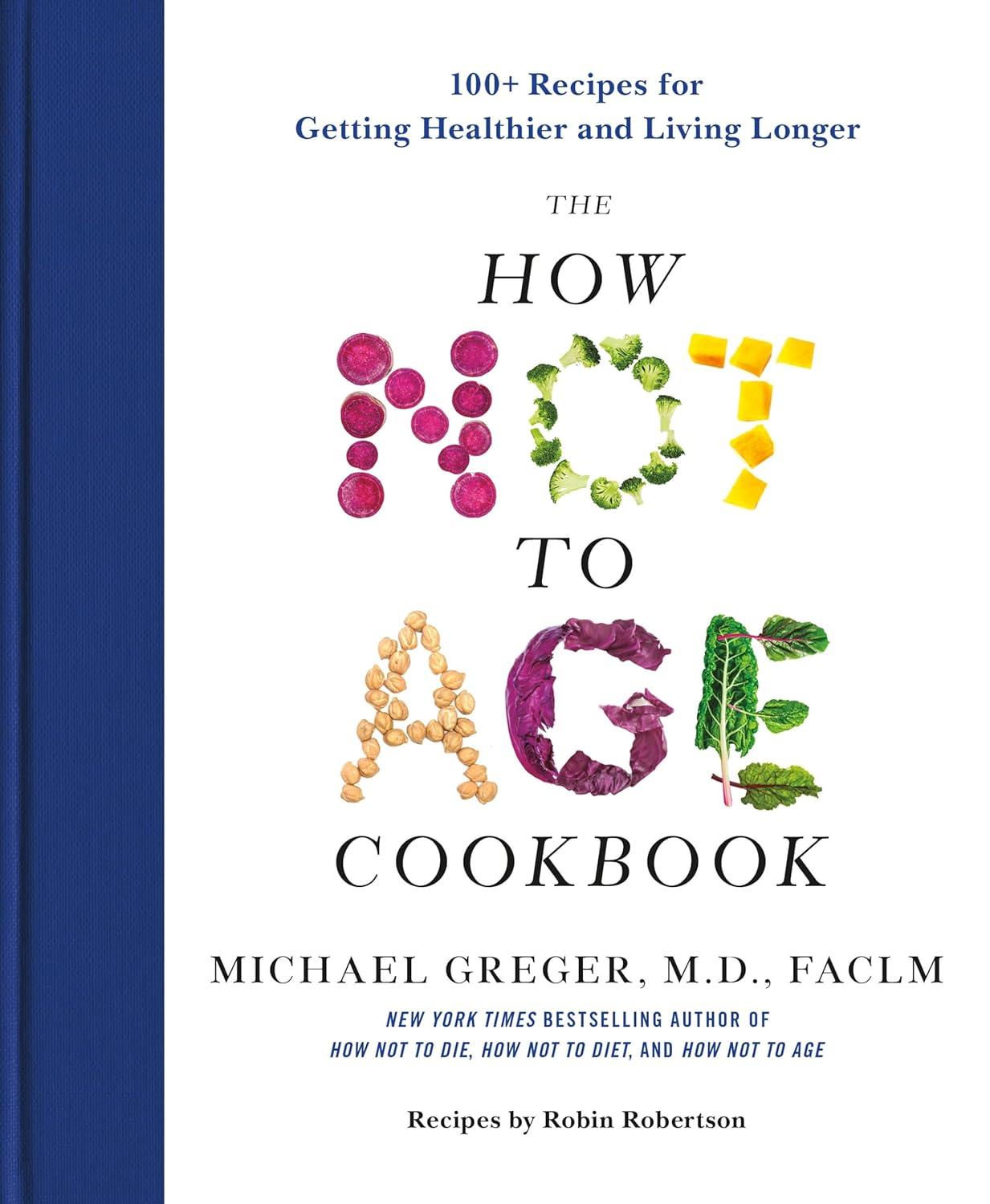
This collection skews decisively plant-forward, bundling everyday staples into vibrant, globally influenced meals without leaning on ultra-processed shortcuts. The selection ranges from quick, weeknight-friendly bowls and soups to slower, comfort-style mains, plus sauces and dressings that actually earn a spot in your rotation. Ingredients center on beans and lentils, intact whole grains, leafy and cruciferous vegetables, berries, nuts/seeds, and spices like turmeric and ginger-choices that keep costs reasonable while maximizing nutrient density. Cooking methods favor steaming, baking, and skillet techniques that minimize oil without sacrificing flavor, leaning on umami builders (mushrooms, tomato paste), acidity (citrus, vinegars), and fresh herbs for depth. In practice, textures are thoughtfully managed-chewy grains, creamy legumes, crisp-tender veg-so dishes feel hearty rather than “diet-y,” and most recipes scale well for batch-cooking and leftovers.
The nutrition scaffolding is where the book earns trust: recipes prioritize whole-food fats (nuts, seeds, avocado) over refined oils, emphasize microbiome-supporting fiber, and keep added sugars and sodium modest while still providing robust flavor. The science is translated into plain-English rationale-why berries or greens show up so often, how legumes support satiety and glycemic steadiness, which spices contribute anti-inflammatory compounds-without miracle claims. Strengths include consistently high fiber and polyphenol exposure, smart use of nitric-oxide-rich greens, and practical ways to hit protein targets via beans, lentils, tofu, and tempeh. Drawbacks are mostly stylistic: oil-free or low-oil approaches can make deep browning and crisping harder to achieve, and salt-lean palates may need a brief adjustment period (citrus, miso, and smoked paprika help). If you’re coming from rich, seared cooking, expect a week of recalibrating; if you value evidence-informed eating, the payoff is substantial and sustainable.
Cooking experience and ease of use
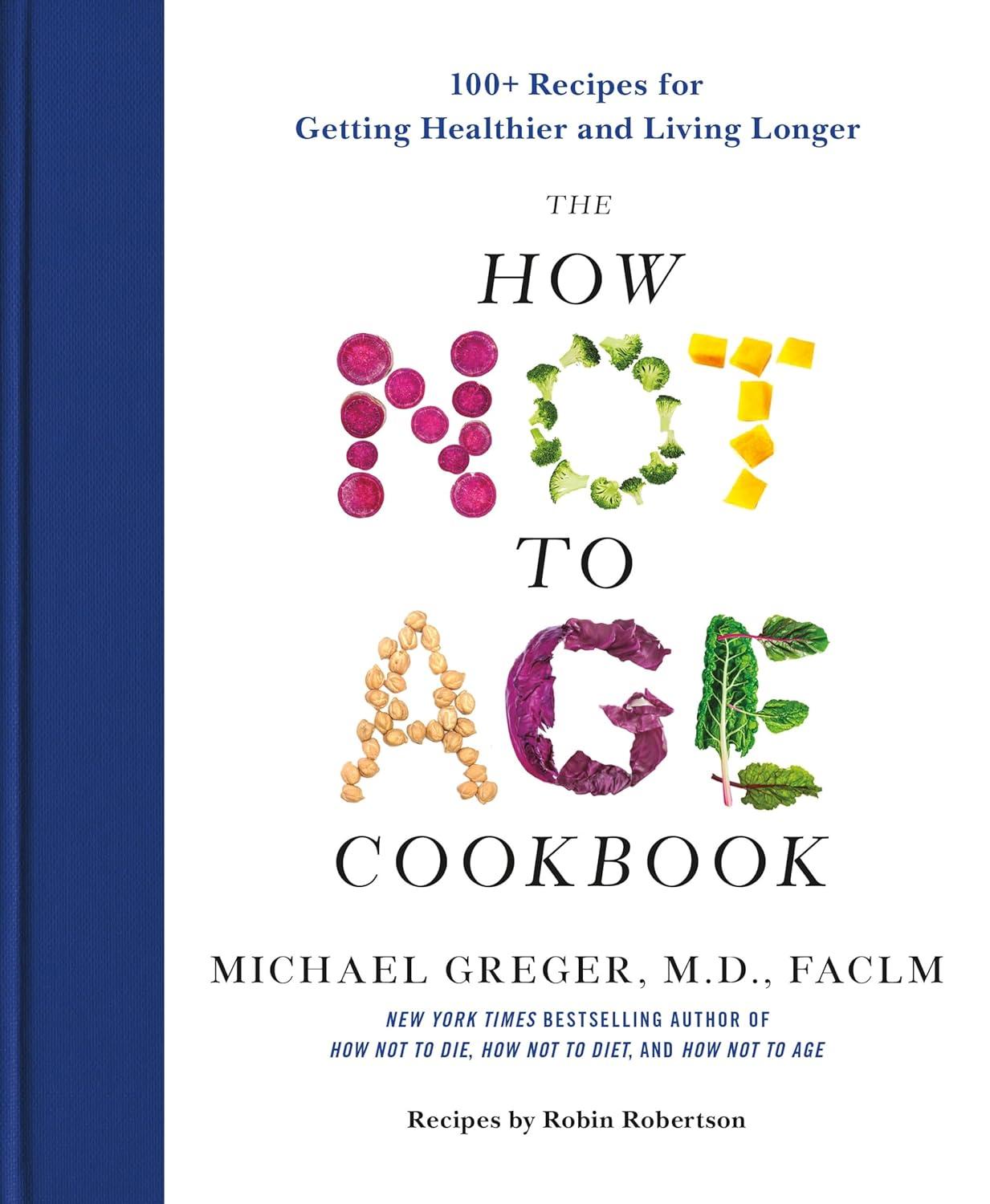
This is a practical, approachable cookbook that rewards even modest kitchen skills with confident results. Instructions are broken into tidy, linear steps that keep you moving-simmer a pot while the blender whips up a sauce, roast vegetables as you assemble a grain component-so there’s minimal idle time. Ingredients skew toward familiar produce, legumes, and whole grains, with the occasional pantry booster like miso, tahini, or nutritional yeast to build flavor without relying on oil. The oil-free techniques do have a small learning curve: water or broth sautéing benefits from a reliable nonstick pan and attentive heat control, and I found that finishing components in a hot oven or air fryer delivers the crisp edges you might miss otherwise. Portions land in the “generous weeknight” zone and scale cleanly, making batch cooking straightforward if you want lunches covered for days.
Day-to-day usability is strong. Most recipes keep prep sensible-think straightforward chopping instead of chef-y knife work-and call for common tools; a high-speed blender unlocks the silkiest sauces, but a standard model still gets you there with a touch more texture. The flavor building leans on spice layering and umami-rich staples rather than complicated techniques, which simplifies timing and reduces failure points. Where there are potential hurdles (soaking nuts, cooking dried beans), there’s usually a workable shortcut with canned or pre-cooked options without breaking the spirit of the dish. Cleanup is reasonable for plant-forward cooking-often a pot and a sheet pan or a pot and a blender-so the effort-to-reward ratio feels high. Storage-friendly sauces and components reheat well and even improve on day two, which boosts the book’s overall ease of use for busy schedules.
Visual design and ingredient accessibility
The page layout feels purpose-built for busy home cooks: clear headings, generous white space, and high-contrast typography make it easy to glance down, find your place, and keep moving. Most featured dishes include vibrant, true-to-life photography that highlights textures and doneness cues-useful when you’re trying a technique like oil-free roasting or no-sugar sauces. Multi-component recipes are divided into sensible sub-sections (think dressing, topping, base), so prep flows logically rather than forcing you to jump around. I also appreciated the science-forward callouts that briefly explain why a certain spice blend, bean, or berry shows up-context that reinforces the longevity angle without overwhelming the recipe itself.
Ingredient sourcing skews practical and budget-friendly, built around supermarket staples like legumes, whole grains, cruciferous veg, mushrooms, and frozen berries. Where the book reaches for more specialized “booster” items-amla (Indian gooseberry) powder, hibiscus, kelp granules, miso, or nutritional yeast-it usually offers workarounds or marks them as optional, preserving the spirit of the dish if you’re shopping in a typical grocery store. Sweetness is handled with dates or date paste rather than refined sugar, and richness leans on tahini, nuts, and seeds over oil, which may require a small pantry refresh if you’re new to whole-food, plant-based cooking. In day-to-day use, I found that 90% of recipes were doable with a single store run; the remaining few benefited from a quick online order for those longevity-minded extras.
Value for money and target readers
If you’re looking for practical longevity cooking without fancy superfoods or a new appliance habit, this delivers solid value. The 100+ recipes skew toward legumes, whole grains, greens, and spices-ingredients you can stock cheaply and use across multiple dishes-so you get long-term mileage from a single grocery run. In testing, I appreciated how often one prep session cascaded into several meals: a big pot of bean- and barley-based soup became lunches, while leftover roasted crucifers anchored next-day grain bowls. The approach relies on oil-free or low-oil techniques (think sautéing with broth, baking instead of frying), which does mean a short learning curve, but it pays off in cleaner flavors and lighter meals. Flavor-building leans on vinegars, citrus, herbs, miso, and warm spices like turmeric, keeping sodium in check without tasting flat. Most ingredients are supermarket-easy; a few outliers-such as nutritional yeast or amla powder-may require a health-food aisle or online order, but they’re used sparingly and stretch far, reinforcing the book’s overall budget-friendly rhythm.
Best suited for readers who want evidence-guided, plant-forward meals they can cook on weeknights, this is especially compelling for health-focused beginners, flexitarians, and midlife or older cooks aiming to improve biomarkers without chasing trends. Meal preppers will like the batch-friendly soups, stews, and bakes; families will appreciate that many recipes scale cleanly and reheat well. If you crave rich, restaurant-style results driven by butter or oil, you’ll need to recalibrate expectations-or be ready to double down on spices and acids. Likewise, strict keto or heavy meat eaters won’t find much here. But for anyone ready to anchor their kitchen around affordable staples, science-forward choices, and minimal waste, the cost-to-benefit ratio is excellent: you’re not just buying recipes-you’re buying a framework that steadily upgrades everyday eating.
Customer Reviews Analysis
Customer feedback on “The How Not to Age Cookbook” clusters around two clear refrains: readers praise the book’s science-forward, plant-based approach paired with inviting, everyday cooking; a minority flag practical snags such as ingredient availability outside North America and occasional fulfillment hiccups with the physical book. Overall, the tone is enthusiastic yet pragmatic-this is seen as a lifestyle companion as much as a recipe collection.
- Recipe appeal and results: Many reviewers found immediate “keepers,” with specific shout-outs like the Molasses Spice Cookies (described as soft, chewy ginger snaps) considered worth the price alone. Readers report flavorful outcomes that don’t sacrifice health.
- Ease of use: Instructions are described as easy to follow, with clear indicators of recipe difficulty (from easy to moderate). Several users say it quickly became a go-to cookbook, suitable for everyday cooking and meal prep.
- Evidence-based credibility: Buyers highlight Dr. Greger’s research-driven framework, appreciating chapters on the Daily Dozen, Q&A sections, and simple prep ideas. Multiple reviewers note NutritionFacts.org’s vetting of studies and the cookbook’s alignment with “gold standard” research.
- Design and format: The hardcover presentation, vivid color photography, and readable print earn consistent praise. The layout is considered intuitive and well organized.
- Dietary philosophy: The recipes are whole-food, plant-based, typically oil-free with minimal salt-seen by fans as a clear strength for health-forward cooking.
- Value and giftability: Several comments cite strong value for the information provided and note purchasing copies for family. Long-time followers say it meets or exceeds expectations alongside the author’s prior books.
Where customers saw room for improvement
- Ingredient availability outside North America: European and Brazilian readers mention that a subset of ingredients can be hard to source locally. Some report workable swaps (e.g., edamame with peas), but availability remains a recurring friction point.
- Physical-book condition and packaging: A few received copies arrived without a dust jacket or with wavy page edges, suggesting humidity exposure. Complaints were directed at retailer quality control rather than the book’s content.
- Fit for all cooks: Because the book is strictly plant-based and largely oil-free, it may not align with cooks seeking animal-based or high-oil recipes without modification.
Bottom line: Readers who want research-backed, plant-forward cooking with clear guidance and vibrant presentation are delighted. Those outside North America-or anyone preferring conventional, non-plant-based staples-may need to plan substitutions or adjust expectations about sourcing.
Pros & Cons
| Type / Category | Cookbook – whole-food, plant-based; health & longevity |
| Key Functions / Features | 100+ recipes oriented toward nutrient-dense, longevity-focused eating; variety across breakfasts, mains, sides, snacks, and sweets; emphasizes vegetables, legumes, whole grains, fruits, nuts, and seeds; favors minimally processed ingredients and modest added oils/sugars |
| Skill Level / Recipe Count | Beginner to intermediate; 100+ recipes with options suited to weeknights and batch meal prep |
| Pages / Format | Typically available in hardcover and ebook; page count may vary by edition |
| Price Range | Varies by format and retailer |
Pros
- 100+ recipes provide ample variety for weekly meal planning and rotation.
- Plant-forward, minimally processed approach supports higher fiber and micronutrient intake.
- Approachable techniques and ingredient lists suit everyday home cooking.
- Recipes align with longevity-focused eating patterns for readers prioritizing health outcomes.
- Many dishes are conducive to batch cooking and leftovers, reducing weekday effort.
Cons
- Strictly plant-based focus may require adaptation for omnivorous households.
- Whole-food cooking can involve more prep time (chopping, soaking, simmering) than convenience options.
- Certain ingredients (e.g., nutritional yeast, specialty legumes, miso) may be harder to source in some areas.
- General nutrition guidance is not personalized; users with medical or athletic needs may need additional planning.
- Flavor profiles may feel restrained if you prefer richer dishes with more added oil, salt, or sugar.
Q&A
Question: How varied are the recipes-will I get more than just salads and smoothies?
With 100+ recipes, you’ll find breakfasts, mains, soups, stews, bowls, salads, snacks, and staples like sauces and dressings. The flavors are globally inspired and plant-forward, aiming for nutrient-dense, everyday cooking rather than niche dishes.
Question: Are the ingredients easy to find without specialty-store trips?
The recipes emphasize common supermarket staples: vegetables, fruits, legumes, whole grains, herbs, and familiar spices. When a specialty item appears, you can usually swap in accessible alternatives (e.g., canned beans for cooked, tahini or nut butter for creaminess, or lemon/lime for specialty vinegars).
Question: Is it friendly for a whole-food, plant-based (vegan) kitchen and common allergies?
Yes-recipes are designed to be plant-based and rely on whole ingredients. Many dishes are naturally dairy- and egg-free. For gluten, nut, or soy sensitivities, common substitutions (like gluten-free grains or nut-free seed butters) can often be used; check individual recipes to confirm fit.
Question: Will I need special equipment to make these dishes?
No special appliances are required. Basic kitchen gear-a good knife, cutting board, pots, pans, and a baking sheet-covers most recipes. A blender or food processor is helpful for smoothies, sauces, and creamy soups, but you can often use hand-mashing or fine chopping as a workaround.
Question: How beginner-friendly is it for busy weeknights?
Instructions are straightforward with clear ingredient lists and step-by-step directions. Many dishes rely on simple methods (such as one-pot, sheet-pan, or blender-based preparations), and make-ahead components like sauces or grains can streamline future meals.
Question: How is the book organized-can I quickly find what I need?
Recipes are grouped by meal type for quick scanning, and the table of contents makes it easy to jump to a section. If you like to build from staples, you’ll find core items (e.g., dressings, spice blends, broths) consolidated so they’re easy to reference.
Seize the Opportunity
By weaving evidence-based nutrition into accessible, plant-forward cooking, The How Not to Age Cookbook translates longevity research into everyday meals. Its 100+ recipes favor familiar ingredients, smart swaps, and clear nutrient cues, making it easier to eat well without extra fuss. Practical prep tips and flexible variations help the book fit different tastes, budgets, and schedules; it leans more on solid fundamentals than culinary fireworks, and that focus serves sustained habits. If you’re ready to gently steer your routine toward healthier, longer-living choices, this feels like a reliable, reassuring companion.





